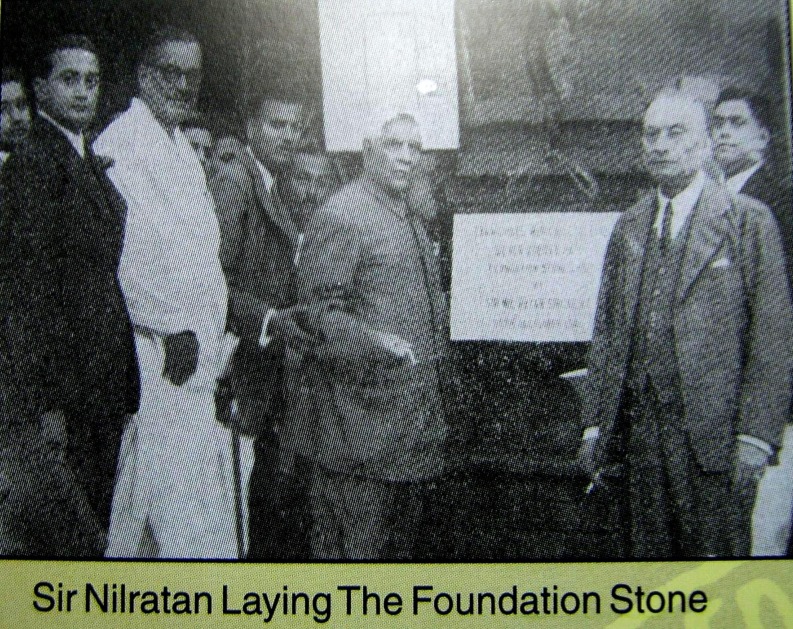An attempt to look back into the history of a medical institution is incomplete as long as we do not pay adequate attention to the master mind behind the making of that institution. R.G.Kar Medical College, Kolkata is not only one of the premiere institutes of modern India but one with a rich heritage too. Brainchild of Dr. Radha Gobinda Kar, it was the first non government medical college in Asia.
Radha Gobinda Kar was born on 23rd August, 1852 to a physician father and a devoted mother, in the district of Howrah. He did his graduation from the famous Bengal Medical College, later known as Medical College, Calcutta. Established in 1835, this was Asia’s oldest medical college. On completing L.M.F. course he went to England and obtained his L.R.C.P. & L.M. degrees from Edinburgh and returned to India in 1886. Being a great visionary, Dr. Kar soon realized that the prevailing colonial culture was a great hindrance for the people at large, to get the benefit of the existing medical schools—both, as students and as patients. This prompted him to sit together with eminent personalities like Dr. Mahendra Nath Banerjee, Dr. Akshay Kumar Datta, Dr. Bipin Maitra, Dr. Kumud Bhattacharya, Dr. M.L.Dey, Dr. B.B. Banerjee & others to discuss over the formation of a new medical school. Accordingly, “The Calcutta School of Medicine” was founded in 1886. To start with, it was in a rented house, at Baithak Khana Road, but soon was shifted to Bowbazar Street—both being locations in central Calcutta. There being no attached hospital, 24 bedded Mayo Hospital was used for teaching the students. Medium of teaching was Bengali and duration of course was 3 years. Donations were collected from all corners of Bengal including the Viceroy’s fund for commemorating the visit of the Royal Prince. In 1898, a 12 Bigha plot of land (about 4 acres) was purchased for constructing the college building at its present site. 30 bedded, single storied hospital building was inaugurated in 1902 by the then Governor, Lord Woodburn and the building was named after the Royal Prince Albert Victor. Subsequently it was converted into a three storied building and can be found in that shape, even today!
In 1904, “The Calcutta School of Medicine” amalgamated with another similar institute “College of Physicians and Surgeons of Bengal”, which was established in 1895. Gradually other buildings were constructed to accommodate various departments in the same premises. Finally “Belgachhia Medical College” was formally inaugurated by Lord Carmichael in the year 1916. The inaugural ceremony was graced by the presence of luminaries like Sir R.N. Mookerjee, Maharaja Manindra Chandra Nandi, Kumar Manindra Chandra Sinha, Mr. D. Mehta, Dr. M.N. Banerjee, Hon’ble Nawab Samsul Huda and Surgeon General Edward. In the same year, Calcutta University gave affiliation for Preliminary Scientific M.B. course and 48 students got admitted. Next year, the affiliation was extended up to first M.B. standard and 100 students were admitted. Finally in 1919, University granted affiliation for final M.B. standard. Unfortunately, Dr. Radha Gobinda Kar could not witness this glorious moment; he passed away on 19th of December, 1918. The then Governor General of Bengal, Lord Carmichael played very important role towards all these developments. As a mark of gratitude, the college was named after him as Carmichael Medical College. In 1921, Lord Ronaldshaw laid the foundation stone of the present surgical building. Anatomy block was constructed in 1926. The first ever Psychiatry OPD in Asia was started in 1933 by Dr. Girindra Sekhar Bose. Sir Kedar Nath Das maternity hospital came up in 1935. A separate Cardiology department was started in the year 1939. This was also first of its kind in the country. By 1941, the college took the shape of a renowned institution in the country. Its faculty, facilities and students were enviable assets for any institution of contemporary India. On 12th May, 1948 the college was renamed after its founder and since then it is known as R. G. Kar Medical College & Hospital. The Government of West Bengal took over the college on 12th May, 1958.
The glory and fame of any academic institution ultimately depends on the reputation and capability of the faculty it nurtures and its student population. R.G. Kar Medical College has maintained a very strong faculty line up from the very beginning, may be due to its nationalistic background which was an added attraction for many, in those days of colonialism and freedom movement. Lt. Col. S. P. Sarbadhikary was the first head of the department of Surgery. With his military background, he was a very able administrator and a renowned teacher. Dr. Sarbadhikary found a very competent successor in Dr. L. M. Banerjee. He had a brilliant academic career all along and that was reflected in the fact that he was the first surgeon to obtain the “Master of Surgery” degree from the University of Calcutta. But naturally, he was a brilliant teacher as well. He headed the department for almost 20 years. In the year 1941, he operated on Rabindra Nath Tagore and later on he was appointed as personal surgeon to the President of India. He was a founder member of the Association of Surgeons of India and later became its President also. Another famous surgeon and a very popular teacher of that time was Dr. Subodh Dutta. He worked with Lord Moynihan and pioneered gall bladder surgery in Calcutta. Influenced by the British culture, he always used to present himself in a white hat, a white suit and a black bow. He was a staunch believer of his teacher’s philosophy, that a surgeon should have a lion’s heart and lady’s fingers. Dr. Amiya Kumar Sen was another great teacher of that era and headed the department for ten long years. He pioneered oncosurgery in this part of India and later on joined the Chittaranjan National Cancer Institute as senior visiting surgeon. His dissections were copybook from surgical atlases and were pleasures to watch. Another legendary figure was Dr. Kalipada Das. His bed side teaching and demonstration of clinical methods were phenomenal. Later on he published a book on clinical surgery which is one of the best in its class and is used by students all over the globe even today. In the field of obstetrics and gynecology, Sir Kedar Nath Das and Dr. Charu Chandra Mitra were very famous for their elementary works.
Sir Kedar joined this institution in 1919 and became Principal in 1922. Later on he became the Dean of Faculty of Medicine of the University of Calcutta. He devised the famous low obstetrics forceps (Das’ forceps) suitable for Indian patients. He was a founder member of the British College of Obstetrics and Gynecology and was awarded knighthood in the year 1933 for his overall contribution in the field of obstetrics. Dr. Mitra invented an operative technique for carcinoma cervix in which he used to combine vaginal and abdominal approaches for performing pan hysterectomy and extra peritoneal lymphadenectomy.
Dr. Amal Roy Chowdhury was the first head of the department of Medicine. His teaching abilities and his clinical judgments – both were unparallel. Side by side he had excellent administrative and organizational capabilities. Another famous physician, Dr. K. D. Chatterjee, introduced the concept of integrated teaching for the first time in those days. He had elemental works in the field of parasitology and his book on parasitology receives scholarly appreciation even today. Among many more legendary figures, special mention must be made about Dr. Bidhan Chandra Roy. He completed his graduation from Medical College and did his MRCP as well as FRCS from London. A great teacher and a great visionary, he was a physician per excellence. His diagnostic skills were awe inspiring. Later on he joined politics and became Chief Minister of West Bengal and was awarded with the “Bharat Ratna”. To further honour his teaching skills, the B. C. Roy Memorial award is given every year by Government of India, to the most suitable medical teacher of the country!
A well known Chinese proverb says—“journey of thousand miles starts with a single step”. Nothing expresses the progress of R. G. Kar Medical College better than this old saying. The college which started its journey with affiliation for only 48 students now admits 150 students for M.B.B.S. course every year. Over and above this, numerous other courses, both in medical and paramedical disciplines are conducted by the college at present. Facilities include post graduate degree in all non-clinical & clinical subjects except Radio Diagnosis.
Post doctoral courses in four subjects (cardiology, cardiothoracic surgery, plastic surgery and urosurgery) are also being conducted here. Most important among the paramedical courses conducted by the college is the nursing wing. College has a very old School of Nursing with a capacity to train 45 students per year in GNM diploma. In 2008, a college of nursing was founded and it provides B.Sc. Nursing course. Presently the college also has facility for various diploma courses in paramedical disciplines (DMT, DPT, DRD, DCCT, DCLT, DNEP and DPFT) run by state medical faculty. Off late, the Indian Council of Medical Research has approved the proposal to set up a state of the art research laboratory at R.G.Kar Medical College.
In every sphere of life, it is always very difficult to reach the peak of fame. And it is even more difficult to retain the reputation over a long period of time. There is no doubt that the faculty members and the students of this heritage college are quite successfully performing this herculean task to uphold the prestige of this premier institute in different fields of ever advancing medical science.
(Honest attempt was made by the authors to present a brief glimpse on history & journey of the R.G .Kar. Medical College & Hospital, to the reader. The photographs & information were collected from Principal’s office, different souvenirs & the Alumni Association of R.G.Kar Medical College. Any unintentional error may kindly be excused)
Photograph 1
Photograph 1.
Sir Nilratan Sircar laying the foundation stone of Silver Jubilee Hall
Photograph 2
Photograph 2.
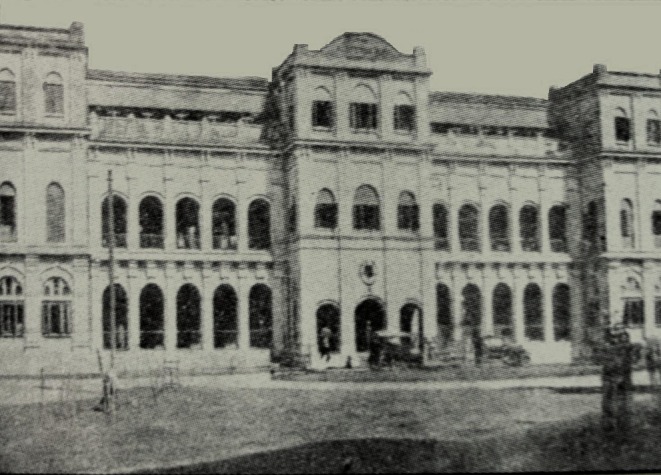
Albert Victor Hospital Building
Photograph 3
Photograph 3.
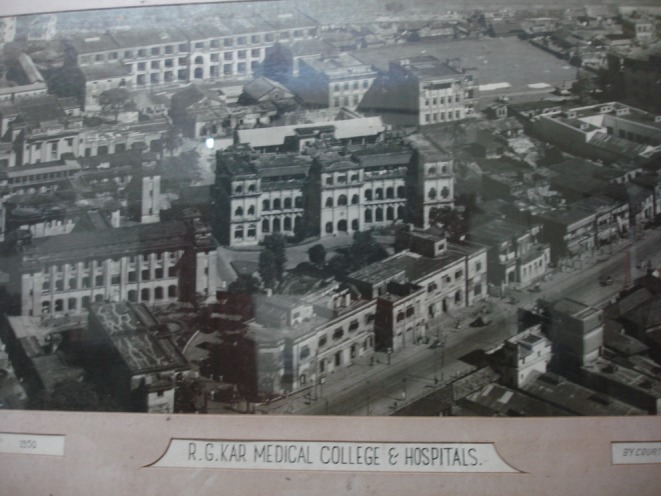
Birds’ eye view of the entire complex
Photograph 4
Photograph 4.
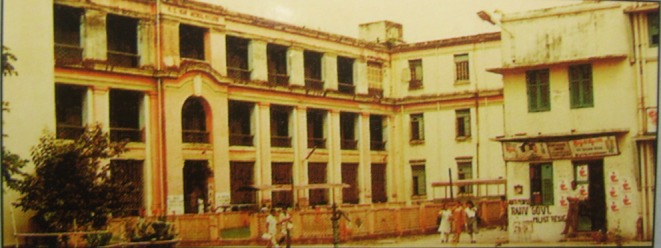
Old College Building
Photograph 5
Photograph 5.
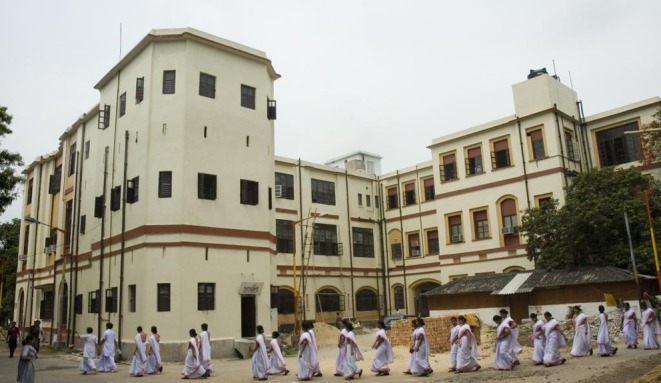
Surgical Building
Photograph 6
Photograph 6.
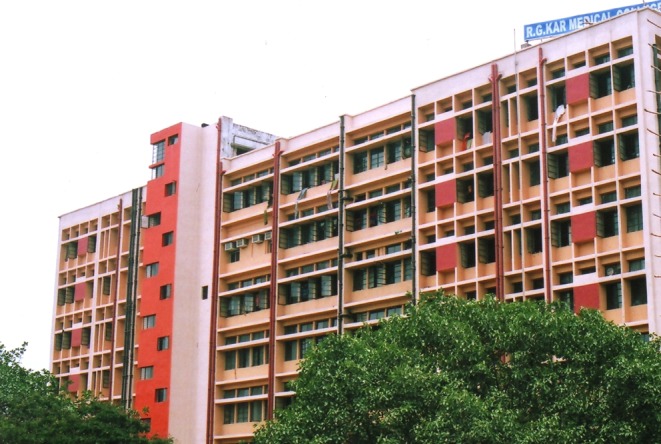
B C Roy Casualty Building
Photograph 7
Photograph 7.
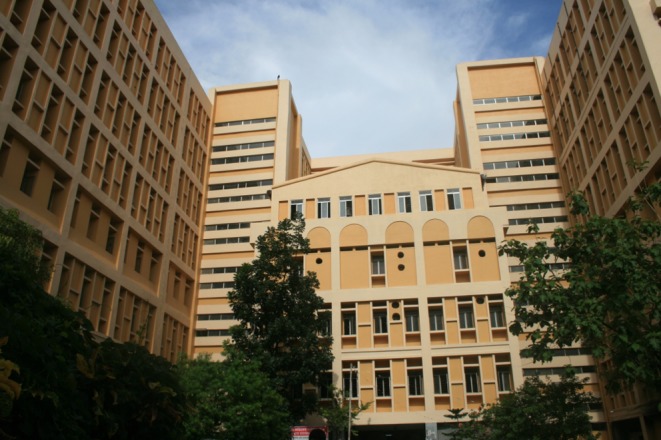
New Academic Building
Photograph 8
Photograph 8.
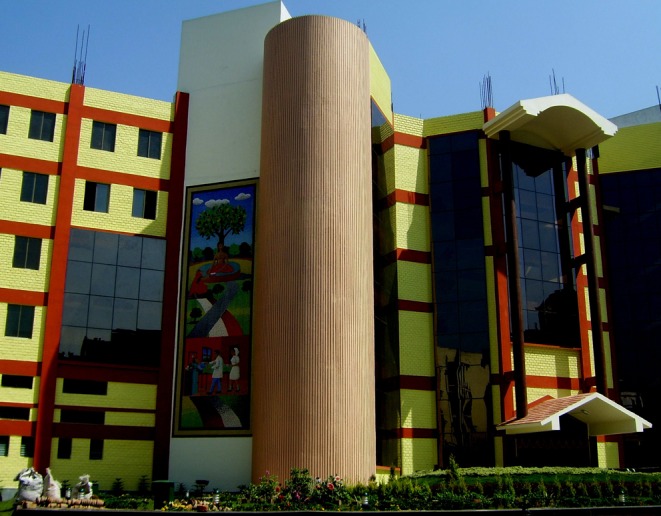
Platinum Jubilee Building
Acknowledgement
1) Principal, R. G. Kar Medical College& Hospital, Kolkata. 2) Medical Superintendent cum Vice Principal, R.G.Kar Medical College& Hospital, Kolkata. 3) Alumni Association, R.G.Kar Medical College& Hospital, Kolkata. 4) Platinum Jubilee Reunion Committee, R. G. Kar Medical College & Hospital, Kolkata.



